Women are the weak sex? Forget it! In our history, there is no shortage of women whose incredible strength and bravery would put many men to shame. These Polish women, when it came down to it, rolled up their sleeves and, in spite of the whole (male-dominated) world, showed who was in charge!
As always, all rankings are based on our published articles. This time, we have selected for you texts about the greatest tough girls in the history of our country. Although in their time the ladies had an outstanding hill, they did not give a damn.
Here are ten women who with their courage and persistence managed to change the course of Polish history:
Jadwiga Kaliska. There can only be one queen
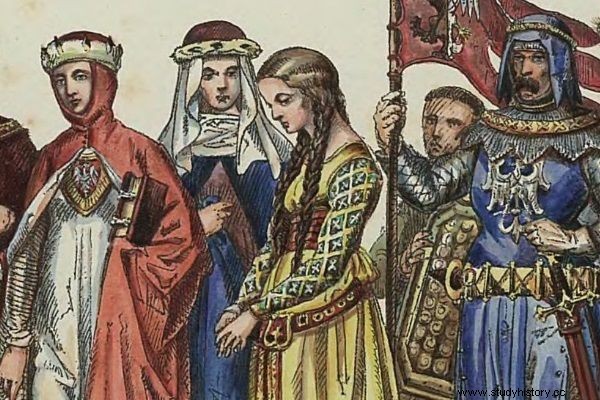
No portrait of Jadwiga Kaliska is known. Above, there is a plaque presenting court clothes from the 14th century. You can imagine that the Polish queen also dressed similar.
Władysław Łokietek was the head of the Polish state. But it was his wife Jadwiga who was the neck on which that head rested.
Jadwiga's merits can be multiplied. Even before Łokietek became king, she saved his skin many times. It was she who protected the princely sons when the ruler fled the country, and the duchess was forced to hide in the guise of a simple bourgeoisie. Then, in the face of the greatest rebellion in the history of medieval Krakow, she personally began to defend Wawel.
Even after the death of the royal spouse, she did not intend to give up power. "There can only be one queen," she said openly and even as a seventy-year-old woman, she was still shaking Polish politics.
Henryka Pustowójtówna. Girl from the Uprising
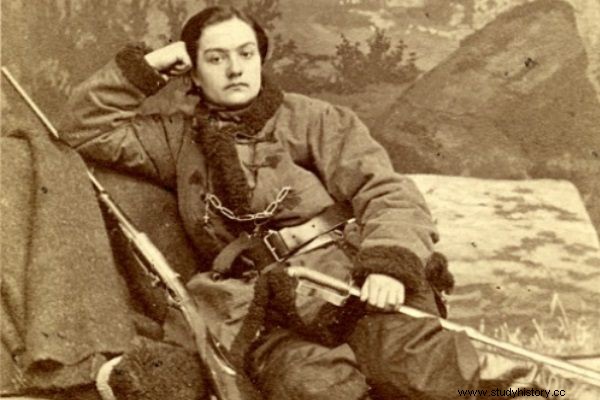
Anna Henryka Pustowójtówna. Dressed in men's attire and armed, she fought side by side with men during the January Uprising.
She was born on July 26, 1838 as the daughter of a Polish noblewoman and a Russian officer. Her older brother, who followed in her father's footsteps and chose a career in the tsarist army, was zealously persecuting Poles. Meanwhile, she felt Polish with all her heart. From a young age, she got into trouble, singing patriotic songs in public and laying flowers at the monument to the Union of Lublin.
For this reason, she was even arrested by the tsarist police and was to be imprisoned in an Orthodox monastery in the depths of Russia, but she fell ill and instead ... ended up in Zhytomyr with her mother. She quickly escaped from there and - despite the manhunt - managed to escape, and when the January Uprising broke out, she did not even think about it. She immediately joined the fighters.
Jadwiga Andegaweńska. Lady with a claw
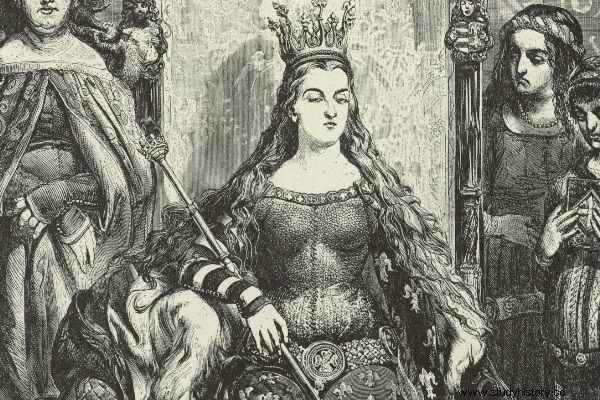
Queen Jadwiga. A drawing by Jan Matejko based on the monarch's seal.
Crowned as the King of Poland at the age of only 10, she was not a figurine, nor a quiet, prayerful ascetic. She combined piety with ambition. And was not afraid to point out the mistakes of even the highest ranking people of the Church - as long as they were against her plans and the interests of the kingdom.
The Harda Queen was able to stand up to the Pope herself. On the one hand, she made his eyes sweet and soapy. She assured Urban VI that he was "the sun of this world, the sun of justice." At the same time, she reminded the Holy Father that his officials administered ruthless punishments in an inhuman way, and that the over-zealousness of church apparatchiks was described as absurd.
Yet she was never anathema. On the contrary, her position in Rome only grew. And when Urban VI was replaced in 1389 by the new Pope, Boniface IX, Jadwiga's ratings soared.
Barbara Kossuthówna. Behind the boys uniform with a rope?
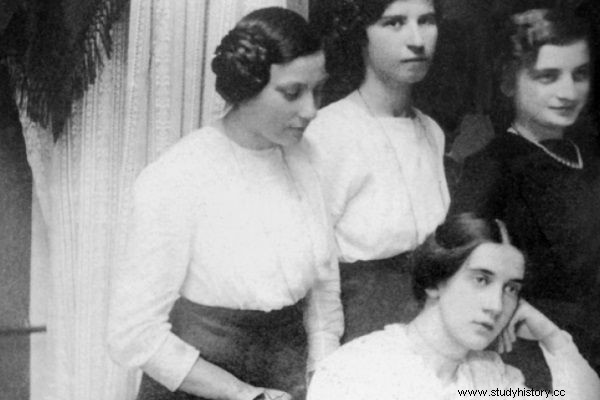
Without the contribution of women, Poland would never regain independence. In the photo, members of the Riflemen's Association from Lviv. Illustration from the book "Rebellious Ladies".
One of the first women who, despite men's dislike and contempt, joined the rifle movement, and even won the right to participate in military maneuvers. She was ready to endure more than one humiliation to wear a military uniform. In the spring of 1914, she took part in the first weapons-in-hand exercises, for which Piłsudski allowed not only shooters, but also shooters.
Years later, she remembered with regret that instead of practicing shooting, she was then sent back to the pots. This, however, did not dampen her eagerness. After the outbreak of the war, she was assigned as a nurse to the hospital in Jabłonków. She stayed at the patients' beds continuously for thirty-six hours, slept no more than four nights a week and contracted typhus. However, she has helped countless patients, often saving them from death.
Elżbieta Zawacka. The only woman among the Cichociemni
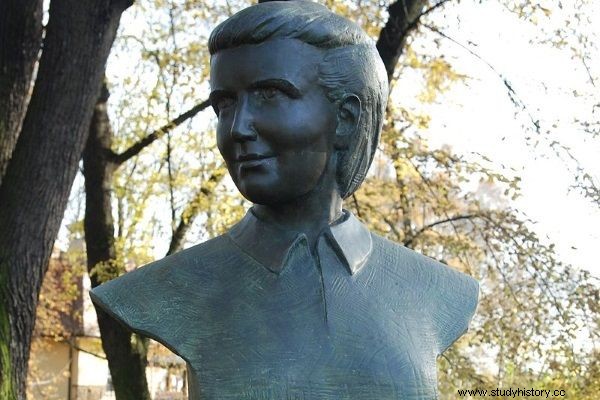
The bust of General Elżbieta Zawacka in the Jordan Park in Kraków
Elżbieta Zawacka, ps. "Zo", "Zoya" was the only silent and dark woman , i.e. a soldier dropped by the Polish Armed Forces in the occupied country. This excellent secret agent daringly avoided arrest and courageously carried out conspiratorial tasks.
During World War II, it crossed the borders of the Third Reich over a hundred times, smuggling reports and secret information. During breaks from underground activities, she learned in secret classes. This Polish heroine knew her mother tongue very poorly!
Irena Kosmowska. The first woman in the Polish government
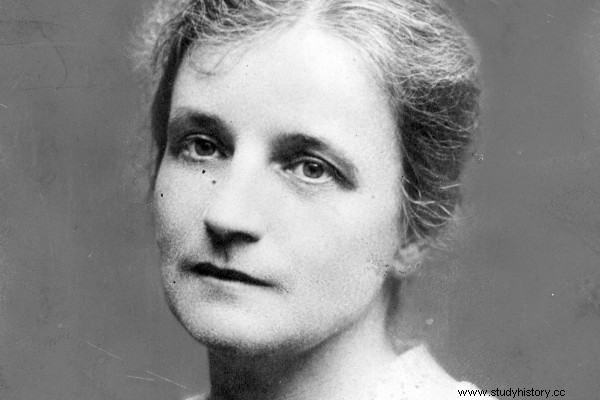
Irena Kosmowska. The only woman in the government office in the history of the Second Polish Republic.
Although her career lasted only a few days, Irena Kosmowska managed to achieve the best of all Polish women . After her, no other woman of this era held a position in the government. Her merits and initiatives can be multiplied. Like a battering ram, it fought for a place for women in a male-dominated world.
When the self-proclaimed people's government of Ignacy Daszyński was established in Lublin, Kosmowska joined it as the deputy minister for social welfare and propaganda at the same time , proving that women can - and should - be actively involved in politics.
Elżbieta Łokietkówna. A Polish woman who shook Europe
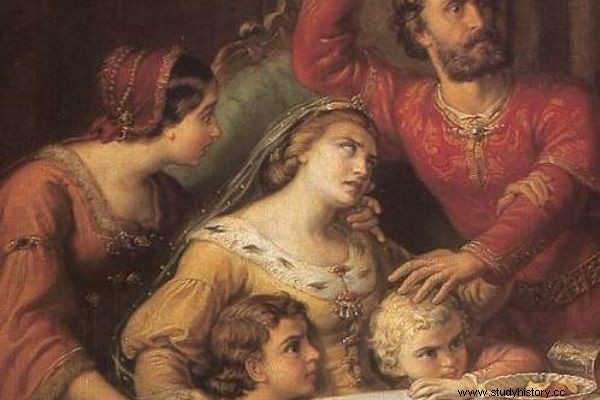
Elżbieta Łokietkówna with her family. Fragment of the painting "The Wrath of Felicjana Zach" by Soma Orlai-Petrich.
Nobody expected great things from her. When she got married, she was just a bargaining chip in political scuffles. She was supposed to be merely an extra; a beautiful background for an overbearing husband , but she quickly showed that she couldn't be fine.
It settled territorial disputes and its people measured and confirmed the boundaries of noble estates. The most powerful kings begged her for intercession and advice. Popes resorted to her for help. She wrapped her son around her finger, becoming the strongest and most independent ruler of her time.
And although she officially sat on the Hungarian throne, it changed the course of Polish history. It was she who helped make our country a power, helped Casimir the Great keep the crown, and finally made Jadwiga Andegaweńska become the Polish king almost alone.
Zofia Zawiszanka. Fight for freedom with a rifle and a pen
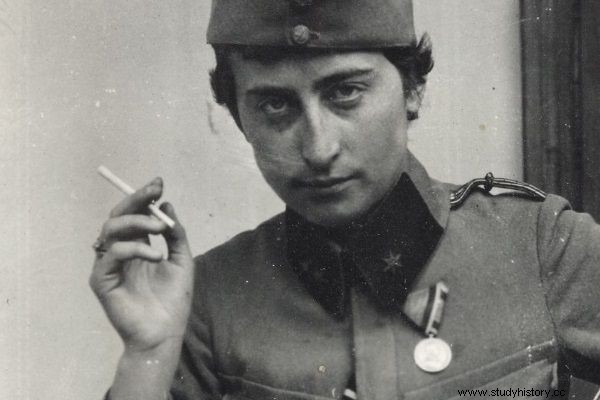
Zofia Zawiszanka - the first intelligence officer sent to the territories annexed by Russia after the outbreak of the war. Here, in a military uniform borrowed from a friend, Janusz Gąsiorowski.
She was a shooter and a soldier of the Women's Intelligence Unit. During World War I, risking her life, she provided Polish patrols with information about the movements of Russian troops. She was even called the "First Courier of the First Cadre Company".
But she also fought for independence ... with a pen. It was her merit to be one of the first and, at the same time, the most enthusiastic propaganda brochures devoted to Józef Piłsudski. The publication published in 1917 was proudly entitled "Our Chief". The author opened it with a really high note. At the start, she decided to prove that Piłsudski is ... an exceptionally tough chick. Though probably not as tough as herself.
Stefania Perzanowska. Angel in the camp hell
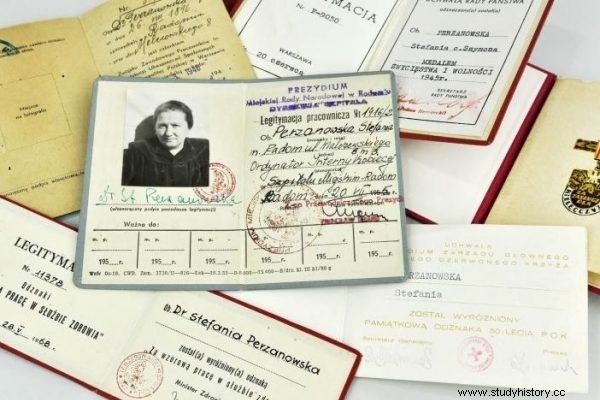
Mementoes of Dr. Stefania Perzanowska from the Museum at Majdanek.
During the First World War, she was active in the Polish Military Organization and studied medicine. When in 1939 the Germans invaded our country again, in Brest-on-the-Bug, she organized a hospital for refugees herself and was the only doctor there.
Eventually she was arrested for conspiratorial activities. She was taken to Majdanek. Although in her place, in the hell of a concentration camp, more than one man would have given up and collapsed, she had no intention of showing weakness. She rolled up her sleeves and, in spite of the Germans, continued to save people. Thousands of women owed her life.
Aleksandra Szczerbińska. The heroine in the shadow of her husband
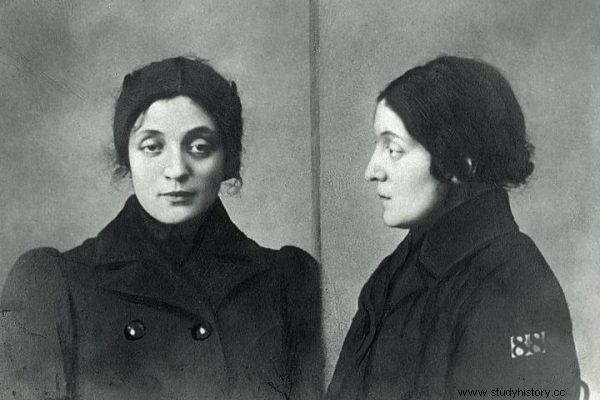
Aleksandra Szczerbińska in the police photo taken after her arrest.
In the memory of Poles she went down mainly as a life companion, and then the wife of Józef Piłsudski . Wrong, because it has done a lot for the independence movement on its own.
After the daring action at Bezdanami, she took away and threw most of the loot across the border, while the men carelessly waited for her in safe Galicia. And when the war broke out, she was appointed commander of women's intelligence.
Piłsudski himself admitted that the unit led by Szczerbińska was one of his greatest strengths. In turn, colleagues remembered her as a reliable fighter, distinguished by fortitude and cold blood. She had the opportunity to prove the latter when she was arrested for working in the POW and sent to the camp in Szczypiorno, where the Germans kept her in conditions that were offensive to all dignity.
